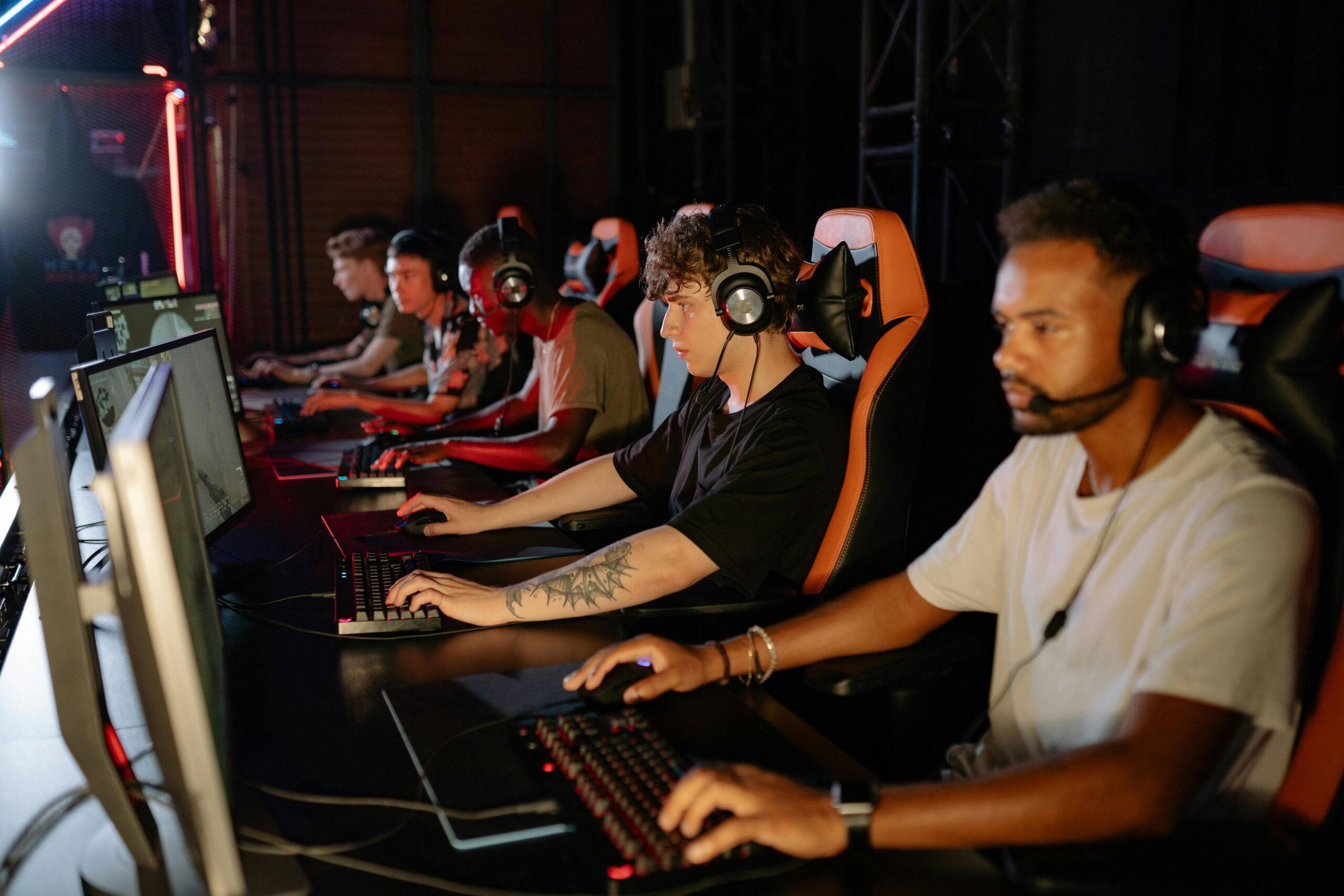Online color prediction games have transcended geographical boundaries to become a global phenomenon, captivating players from diverse cultures and backgrounds. However, the perception of these games can vary significantly depending on cultural norms, values, and attitudes towards gambling and gaming. In this article, we’ll explore how different societies view online color prediction games and examine the cultural factors that shape their perception of this increasingly popular form of entertainment.
1. Cultural Attitudes towards Gambling:
One of the primary factors influencing the perception of online color prediction games on 66 lottery app is the cultural attitude towards gambling within a society. In cultures where gambling is widely accepted and even celebrated, online color prediction games may be viewed as a harmless form of entertainment or even a socially acceptable pastime. Conversely, in cultures where gambling is heavily regulated or stigmatized, online color prediction games may be met with skepticism or disapproval.
2. Religious and Moral Beliefs:
Religious and moral beliefs can also play a significant role in shaping cultural perspectives on online color prediction games. In societies where gambling is considered immoral or sinful, participation in online color prediction games may be frowned upon or even prohibited by religious authorities. Conversely, in cultures where gambling is seen as a form of leisure or recreation, online color prediction games may be more readily embraced as a source of entertainment.
3. Economic Considerations:
Economic factors, such as income levels and socio-economic status, can influence how online color prediction games are perceived within a society. In economically disadvantaged communities, where individuals may be more vulnerable to financial hardship, online color prediction games may be viewed with caution due to the perceived risk of addiction and financial loss. Conversely, in affluent societies where disposable income is more abundant, online color prediction games may be seen as a form of leisure activity or a means of entertainment.
4. Legal and Regulatory Frameworks:
The legal and regulatory frameworks governing gambling and gaming vary widely from one society to another, influencing how online color prediction games are perceived and regulated. In jurisdictions where gambling laws are lenient or non-existent, online color prediction games may proliferate and enjoy widespread acceptance among the population. Conversely, in countries with strict gambling regulations or outright bans on online gambling, participation in online color prediction games may be restricted or prohibited altogether.
5. Social and Peer Influence:
Social and peer influence can also shape cultural perspectives on online color prediction games, as individuals may be influenced by the attitudes and behaviors of their peers and social circles. In communities where online color prediction games are popular and widely embraced, individuals may be more inclined to participate in these games to fit in or conform to social norms. Conversely, in communities where online gambling is frowned upon or discouraged, individuals may avoid participating in these games to avoid social stigma or disapproval.
6. Conclusion: A Complex Interplay of Factors
In conclusion, the perception of online color prediction games is shaped by a complex interplay of cultural, religious, economic, legal, and social factors. While these games may be celebrated and embraced in some societies as a form of entertainment or leisure activity, they may be viewed with skepticism or disapproval in others due to concerns about addiction, morality, or legality. Understanding the cultural perspectives on online color prediction games is essential for game developers, regulators, and policymakers to navigate the diverse landscape of attitudes and beliefs surrounding this increasingly popular form of entertainment.

